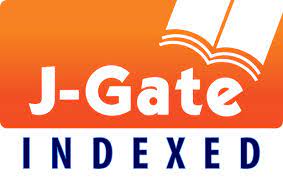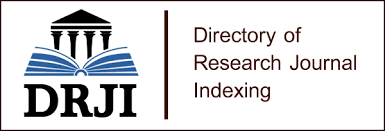TERRORIST ATTACK IN THE HOLY ARTISAN CAFÉ, BANGLADESH: AN ANALYSIS ON NEWS FRAMING
DOI:
https://doi.org/10.55327/jaash.v9i4.315Abstract
This article analyzes the societal consequence of the news framing of the terrorist attack in the Holy Artisan Café of Bangladesh which killed 29 people, including 20 hostages (17 foreigners and 3 locals), two police officers, five gunmen, and two bakery staff. on 1st July 2016. With the application of both quantitative and qualitative research methodology, the researcher studied 134 news articles regarding the terrorist attack on the two prominent newspapers of Bangladesh: “The "Daily Star”, and “The "Prothom Alo” dated from 01 July 2016 to 01 July 2017. The quantitative analysis of the comparative framing of media coverage of these two prominent newspapers, the article found that i) 88.81% coverage of these two dailies are generically news articles, ii) the major source (41.04%) of this news is Bangladesh Police, iii) only 11.94% articles interpret the reasons and political consequence of the terrorist attack, iv) 88.16% news is descriptive, v) the contextual framework of 63.43% news is episodic. With an application of the Content Analysis method, the qualitative research found that: the news coverage of the two dailies regarding the Holy Artisan attack in Bangladesh had far-reaching societal consequences impacting public perceptions, government policies, security measures, and social dynamics.
Downloads
Published
How to Cite
Issue
Section
License
Copyright (c) 2023 Fatema Islam

This work is licensed under a Creative Commons Attribution 4.0 International License.
Copyrights for articles published in Journal of Asian and African Social Science and Humanities are retained by the authors, with first publication rights granted to the journal. The journal/publisher is not responsible for subsequent uses of the work. It is the author's responsibility to bring an infringement action if so desired by the author.
Articles published in Journal of Asian and African Social Science and Humanities are published under the Creative Commons Attribution (CC-BY) license, which permits others to distribute, remix, tweak, and build upon your work as long as they credit you for the original creation.
Â















